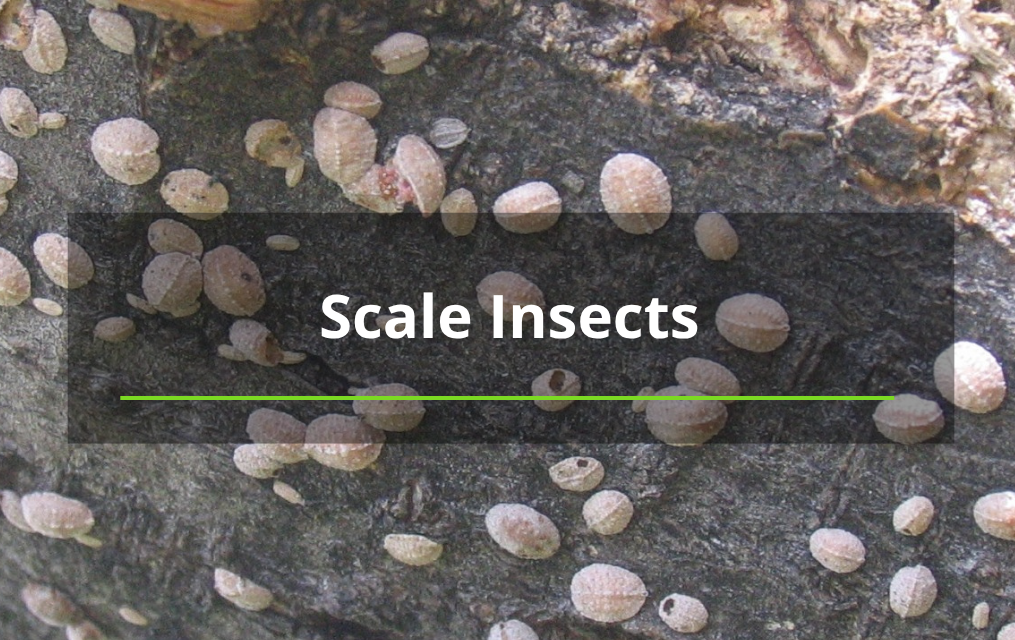Pine Tip Moths

Pine Tip Moths
Some insect pests are hard to spot and do a lot damage, like pine bark beetles. Others are easy to spot, but really don’t threaten trees that much, like pine tip moths. What we easily spot is not the caterpillar itself, it’s the dead branch tips that we start to see in summer on mugo, ponderosa, Scots and pinyon pines. As is often the case, it’s a few related species that do similar damage, so we lump them together as pine tip moth. The damaging life stage is the caterpillar, living inside of the growing shoot, feeding and hollowing it out.
If the infestation is light, it might not even be noticed by a busy homeowner. Heavier infestations are pretty evident, though, when many brown tips adorn the nice green canopy of your pine tree. Historically, many trees in this area were regularly sprayed with contact insecticides in late spring to catch the hatching caterpillars. Nowadays, we use a much more targeted systemic insecticide application in the cases where control is warranted.
One of the interesting effects of pine tip moth infestation is that it can change the shape of ponderosa pine trees. Normally these grow a distinct central stem, but after repeated pine tip moth damage, that form can be stunted. The central stem is replaced with a maze of small branches that grew from side buds when the main tip was killed. It doesn’t affect health as much as shape!
Click here to find out more about our Albuquerque tree removal services.













